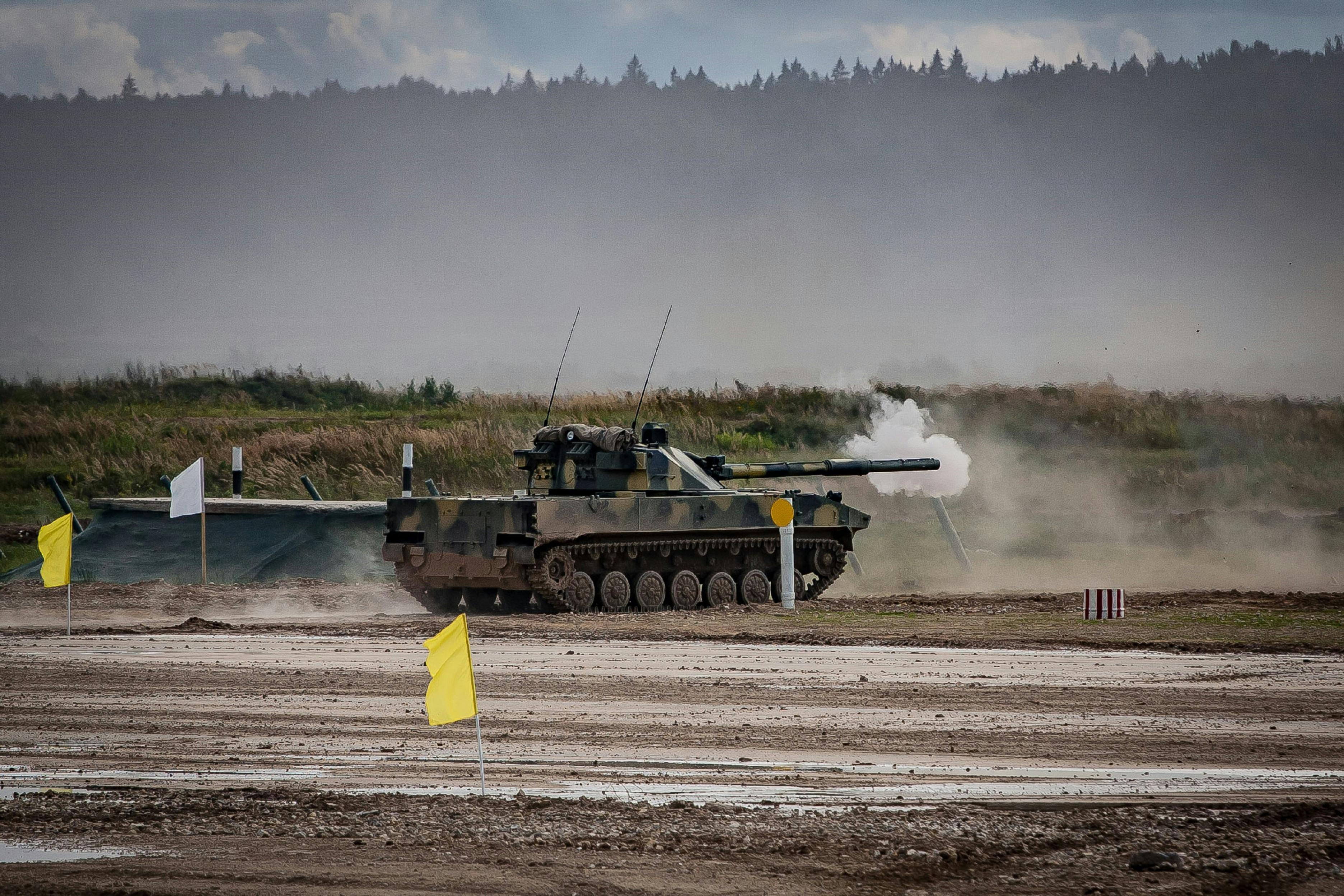China's Nuclear Ambitions: Understanding The Pentagon's Warning On Beijing's Expansion

The Pentagon’s latest report has raised alarms over China’s nuclear expansion, revealing a 20% increase in the operational nuclear warhead arsenal within a single year. This unprecedented growth signals a shift in Beijing’s strategic approach to nuclear deterrence and power projection. Understanding the motivations behind this expansion and its implications for global security is crucial to addressing the evolving dynamics of international relations.
Background on China’s Nuclear Program
China’s nuclear weapons program began in the 1960s with the successful testing of its first atomic bomb. Historically, Beijing adhered to a policy of minimal deterrence, maintaining a relatively small but credible arsenal aimed at dissuading aggression. Over the decades, this policy evolved as China developed intercontinental ballistic missiles (ICBMs), submarine-launched ballistic missiles (SLBMs), and other delivery systems. Today, the country’s nuclear capabilities are undergoing a significant transformation, reflecting an apparent departure from its traditional restrained posture.
Key Drivers Behind the Expansion
Geopolitical Factors
China’s growing arsenal is closely tied to rising tensions with the United States, particularly over contentious issues such as Taiwan and territorial disputes in the South China Sea. As Beijing seeks to assert its influence in the Indo-Pacific, its nuclear buildup serves as a counterbalance to U.S. military presence and alliances in the region.
Technological Advancements
Rapid advancements in technology have enabled China to modernize its nuclear forces. This includes the development of hypersonic glide vehicles, which are harder to intercept, and improvements in missile range and accuracy. Enhanced nuclear command and control systems further bolster China’s strategic capabilities.
Domestic Considerations
Domestically, Beijing’s leadership emphasizes strengthening national defense to ensure sovereignty and stability. The nuclear expansion aligns with President Xi Jinping’s vision of achieving a “world-class military” by mid-century.
Global and Regional Implications
Impact on U.S.-China Relations
The expansion of China’s nuclear arsenal exacerbates tensions between Beijing and Washington. The U.S. perceives this growth as a challenge to its strategic dominance and deterrence capabilities, potentially fueling an arms race.
Effect on Neighboring Countries
China’s actions are closely watched by regional powers like India, which may feel compelled to bolster its own nuclear forces in response. Similarly, Japan and South Korea are increasingly concerned about the regional balance of power and may reassess their security policies.
Broader Non-Proliferation Concerns
China’s nuclear expansion poses challenges to global non-proliferation efforts. The growth undermines arms control treaties and risks encouraging other nations to reconsider their commitments to restraint, further destabilizing international security.
Pentagon’s Perspective and Response
The Pentagon’s report underscores the urgency of countering China’s nuclear ambitions. In response, the U.S. is modernizing its own nuclear arsenal and strengthening alliances in the Indo-Pacific. Efforts include increasing missile defense systems and conducting joint military exercises with regional partners. At the same time, U.S. officials are calling for renewed arms control dialogues to address the escalating arms race.
Expert Opinions and Analysis
Opinions on China’s nuclear expansion vary. Some analysts view it as a defensive measure aimed at ensuring survivability against perceived U.S. threats, while others see it as a strategic move to assert dominance in a multipolar world. Regardless of the intent, experts agree that the rapid growth necessitates a reassessment of global arms control strategies.
Conclusion
China’s nuclear expansion, as highlighted by the Pentagon’s report, represents a pivotal moment in global security dynamics. The 20% increase in warhead numbers signals a shift in Beijing’s approach, raising questions about its long-term strategic goals. Addressing this challenge requires a combination of deterrence, diplomacy, and multilateral engagement to prevent further escalation and promote stability in an increasingly volatile world.
Author: Ricardo Goulart
The Self-Destructive Nature Of Anti-Tourism Protests: Balancing Resident Concerns With Tourism Benefits
In recent years, anti-tourism protests have become increasingly common across popular tourist destinations. From the Bal... Read more
Military And Strategic Implications Of The Ukrainian Drone Attack In Kursk
On a recent morning, the Kursk region in south-western Russia witnessed an unexpected and significant event: a Ukrainian... Read more
Chinese Tech Stocks Gain Ground Despite Wall Street Technology Sell-Off
Chinese tech shares in Hong Kong gained on Friday, defying a technology stock sell-off on Wall Street, driven by strong ... Read more
Defense Pact Between Britain And Germany: A Focus On Cybersecurity And Joint Operations
In a move set to redefine European defense collaboration, Britain and Germany have signed a comprehensive defense pact a... Read more
US Secret Service Director Steps Down After Trump Assassination Attempt
Security lapses admitted by Kimberly Cheatle prompt resignation.Kimberly Cheatle, the head of the US Secret Service, has... Read more
Kamala Harris Promises A Brighter Future In Official Campaign Launch
In a vibrant and impassioned campaign launch, Vice President Kamala Harris vowed to lead America toward a "brighter futu... Read more

